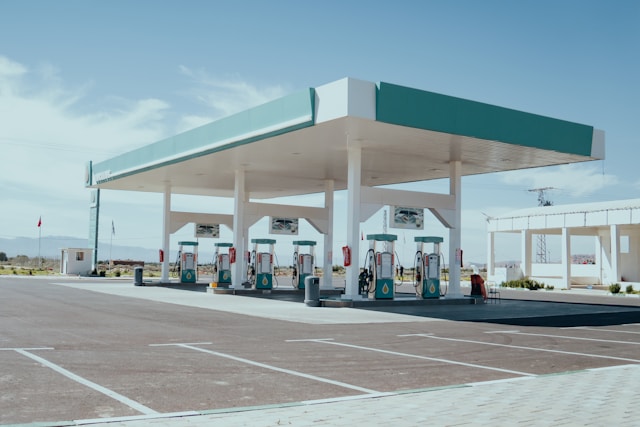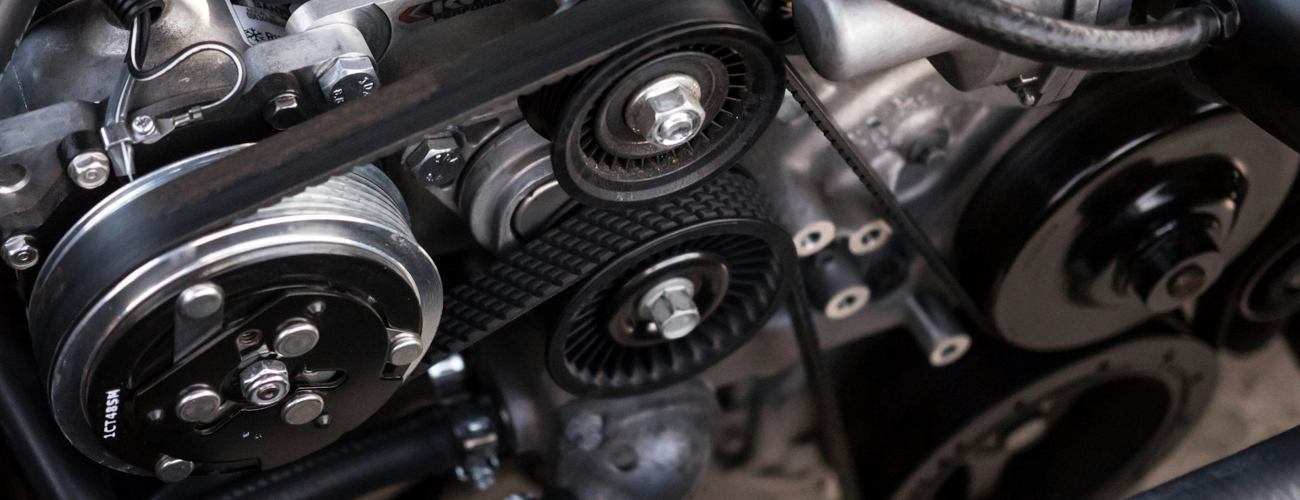Oil and Gas IT Solutions
We help oil and gas teams modernize planning, production, and field operations with software and data engineering that fits how crews work. By connecting SCADA and historians to cloud analytics, unifying well and asset data, and automating field capture, we cut downtime, raise lift and throughput, improve HSE visibility, and speed trading – integrated with SAP, Maximo, and PI System on Azure or AWS.

Our Offerings
SCADA, Historian & Edge Integration
Connect plant and field systems – SCADA, PLCs, and historians like PI System or Ignition – into a clean, time-aligned data model. We build OPC UA/MQTT pipelines, apply data quality rules, add context (assets, wells, pads), and backfill gaps so engineers can trust tags and events across sites.
Operations Data Platform
Stand up a lakehouse for time series, logs, and business data (SAP, Maximo, LIMS). We design batch and streaming pipelines, a semantic layer for self-service queries, and governance that keeps asset, work order, and production data consistent across the enterprise.
Production Optimization & Forecasting
Combine physics-based methods and machine learning to forecast rates, detect underperforming wells, tune gas-lift and ESP setpoints, and spot paraffin or water cut shifts early. Dashboards highlight actionable deltas; APIs feed setpoints back to control within defined guardrails.
Asset Health & Predictive Maintenance
Build asset twins for compressors, pumps, turbines, and rotating equipment. We fuse vibration, temperature, and maintenance history to predict failures, estimate remaining useful life, and auto-prioritize work orders to Maximo or SAP PM with parts and crew suggestions.
HSE & Emissions Analytics
Unify permits, inspections, alarms, and sensor readings to surface leading indicators. Real-time views track gas detection, flare events, and near misses; reports calculate methane intensity and reconcile LDAR findings, supporting ESG disclosures without extra manual effort.
Field Mobility & Offline Apps
Deploy offline-first mobile apps for rounds, work orders, and inspections. Techs can capture photos, barcodes/RFID, and notes at the wellhead; data syncs on reconnect, updating KPIs and triggering follow-ups automatically.
How We Bring Value To Your Business
When software and data match day-to-day operations, the impact in oil and gas is immediate and compounding.
1
More uptime, more barrels
Predict failures on rotating equipment, catch flow anomalies early, and auto-prioritize work in SAP or Maximo. Gas-lift and ESP setpoints stay within guardrails, MTTR drops, and production losses from unplanned outages shrink.
2
One source of operational truth
SCADA, historians, work orders, and production accounting feed a shared model with clear definitions. Engineers and managers make decisions from the same numbers, without export-and-spreadsheet cycles or conflicting KPIs.
3
Lower OPEX per asset
Condition-based maintenance, parts kitting, and tighter crew scheduling cut truck rolls and overtime. Offline-capable mobile apps reduce rework and data lag, improving cost per BOE across fields and plants.
4
Safer sites and cleaner compliance
HSE events, gas detection, and alarms roll into real-time views. Incident trends, near-miss patterns, and emissions inventories (including methane intensity and LDAR reconciliation) are ready for audits and stakeholder reports.
5
Tighter supply, pipeline, and terminal control
Batch tracking, imbalance detection, meter proving, and LACT integration give controllers earlier line-of-sight on constraints. Schedulers adjust plans sooner, reducing penalties and unplanned downtime.
6
Future-ready architecture
OPC UA/MQTT at the edge, API-first services, and lakehouse patterns on Azure or AWS keep systems interoperable and upgrade-friendly. You can add new apps or replace legacy components without ripping out what already works.
Challenges We Commonly Solve
The blockers we see most often—and how we approach them.
Pick your top blocker and we’ll map a 30-day fix.
Why Choose WiserBrand
You need a partner who understands industrial data, builds with operators, and hands over systems your team can own.
1
Deep integration with your stack
We connect SCADA, historians (PI, Ignition), and PLCs to Azure or AWS, synchronize with SAP and Maximo, and add context (assets, wells, pads) so tags, events, and work orders line up. Pipelines include OPC UA/MQTT, backfills, and data quality rules, giving engineers clean, query-ready data.
2
Operator-first delivery
We prototype beside control rooms and field crews, validate offline use in remote sites, and map screens to SOPs. The result: fewer clicks for techs, clearer alarms for controllers, and dashboards that answer daily questions without export cycles.
3
Cost discipline and clean handover
From day one we track run costs, right-size storage and compute, schedule jobs, and avoid tool sprawl. Every pipeline and model ships with docs, runbooks, and training, so your internal team can operate and extend the platform without vendor lock-in.
Cooperation Models
Choose the level of engagement that fits your team and timeline.
We take a scoped outcome from discovery to production- such as SCADA-to-cloud integration, a production dashboard, or a mobile work app. You get a delivery plan, sprint cadence, and clear acceptance criteria. We handle build, testing, cutover, and handover with runbooks and training so your team can operate the system on day one.
Embed a cross-functional squad (data engineer, backend, frontend, QA, analyst, delivery lead) that ships alongside your product owner. Work happens in your repos and pipelines, with joint code reviews, shared dashboards, and two-week increments. This model accelerates delivery while transferring patterns and ownership to your team.
Use focused engagements to unlock progress: architecture and data modeling, PI/SCADA integration patterns, Azure/AWS landing zones, MLOps setup, or KPI/semantic layer design. We run workshops, create reference implementations, and coach your engineers so they can extend the platform without vendor dependence.
Our Experts Team Up With Major Players
Partnering with forward-thinking companies, we deliver digital solutions that empower businesses to reach new heights.
Our Approach
We work in short cycles with clear handoffs so your team owns the outcome.
Discover & Align
Interview operations, maintenance, and finance, map current data flows, define success criteria, and select a first-use case (e.g., downtime reduction on a compressor train or daily production reconciliation).
Connect & Model
Connect SCADA/PLCs and historians via OPC UA/MQTT, standardize tags, and build a context model (assets, wells, pads). Establish data contracts and a semantic layer for consistent KPIs.
Build & Validate
Develop pipelines (batch/stream), dashboards, and APIs; add data quality checks and backfills. Validate with real users in the control room and field, iterating on screens and alerts that support SOPs.
Cutover & Enable
Run shadow mode, execute a cutover plan, and train users. Provide docs, runbooks, and admin tools so your engineers can operate jobs, manage schemas, and ship small improvements safely.
Operate & Evolve
Monitor reliability and cost, review outcomes against the original targets, and expand to the next use case (e.g., lift optimization, leak detection, or emissions reporting) without rebuilding the foundation.
Case Studies
Our case studies highlight the outcomes we’ve delivered and the approaches that made them possible.
Oil and Gas IT Solutions FAQ
A focused use case – often reducing unplanned downtime on critical equipment or fixing daily production reconciliation – so value shows up fast and guides the next step.
Yes. We connect PLCs/SCADA and PI/Ignition via OPC UA/MQTT, model tags with asset context, and sync with SAP S/4HANA or Maximo through APIs without disrupting operations.
We deploy on Azure or AWS in your VPC, keep historians on-prem as needed, and use edge gateways for reliable collection from remote sites.
Offline-first mobile apps capture photos, barcodes/RFID, and notes at the wellhead; data validates locally and syncs on reconnect so supervisors see progress without delays.
We set KPIs at kickoff – uptime, MTTR, production balance accuracy and time-to-close, false-alarm rate for leak detection, and emissions reporting latency – then report them in shared dashboards for operators and leadership across oil and gas operations.























